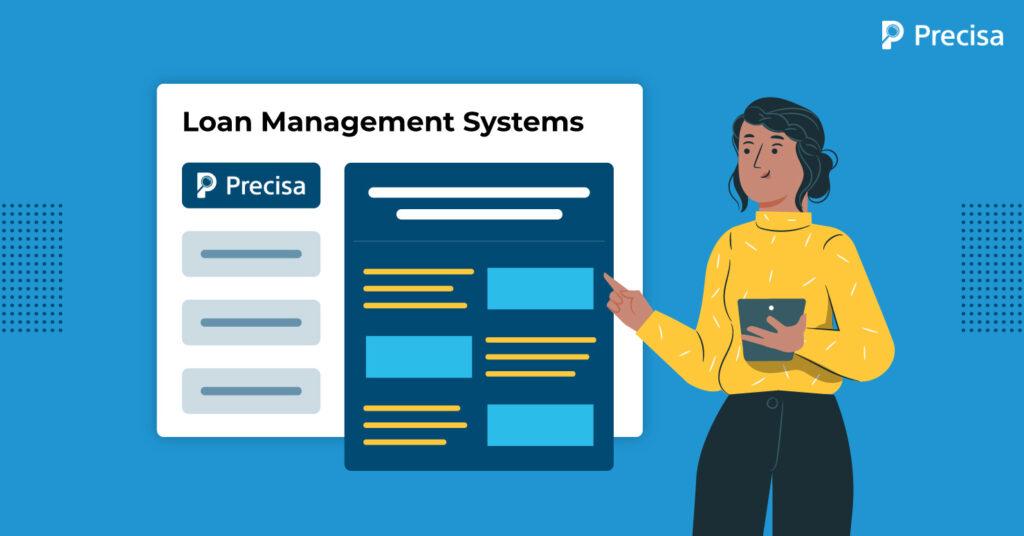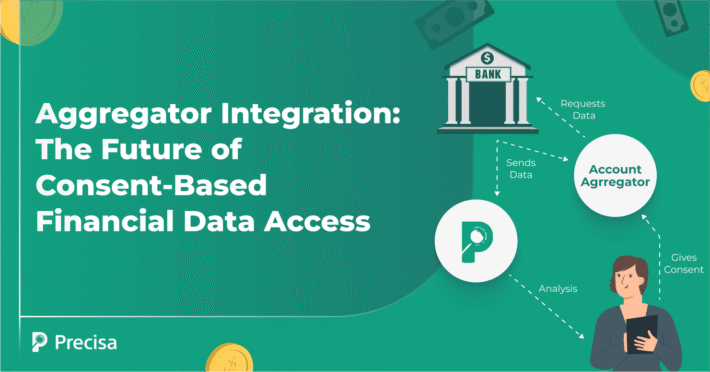10 Key Factors to Consider When Selecting a Loan Management System

It would be an understatement to say that the adoption of advanced technologies has triggered evolutionary changes in the banking and finance industry. In the Indian scenario especially, lending tech has democratised credit delivery by providing loans and advances to demographics and industries that were otherwise overlooked by conventional banking.
To a large extent, this achievement was made possible by the automation of the loan management processes by the Non-banking Financial Institutions (NBFCs) and Microfinance Institutions (MFIs). Robust Loan Management Systems (LMS) streamline and simplify the credit process for faster and more effective service delivery.
Advantages of Loan Management Systems
The regulatory and legal requirements of the credit process warrant extensive documentation making the entire loan processing cumbersome for the lender and unpleasant for the customer. Loan Management Systems leverage technologies like machine learning, artificial intelligence (AI), and cloud computing to reduce the administrative hassles of credit management. Lending institutions benefit from the following advantages as a result of automating loan management processes.
1. Optimises time and cost
Digitising the entire workflow from loan origination to recovery eliminates redundant tasks, improves credit underwriting efficiency, and disburses credit faster. Additionally, automation saves costs by identifying income leakage and tracking loan repayments.
2. Simplifies compliance, reconciliations, and reporting
Account reconciliations become easier and more accurate with LMS. They generate specific management information system (MIS) reports for different stakeholders like customers, regulators, credit bureaus, co-lending partners, etc., reducing the manual burden of reporting.
3. Improves quality of asset portfolio
Loan management software offers both holistic and granular views of your asset portfolios for improved management. An LMS enhances risk management and offers better insights into customer behaviour. By reducing loan defaults and bad debts through increased supervision, advanced analytics also helps to improve overall asset quality.
10 Factors to Contemplate While Choosing a Loan Management System
Since a loan management system will be an integral part of your business, it is important to put in the required time and resources to find the best match.
1. Suitability for your business requirements
The first step in selecting a loan management system is to assess your operational needs. While you must select an application that supports your line of credit offerings, it is not wise to spend money on system features that your company will not require. An MFI that specialises in microloans to artisans or self-employed individuals, for example, may not require the application features required for disbursing a mortgage loan.
2. Ability to support multiple product categories
An effective loan management system must support various types of credit products in a lender’s portfolio. Whether it is a gold loan, salary overdraft, SME cash credit, or commercial vehicle loan, the LMS must adequately handle all processes, such as KYC, credit appraisal, loan underwriting, and documentation, among others.
3. Ease of implementation
Implementing or migrating financial software is typically a lengthy process that can take days to complete.
Lending start-ups and other small lenders may not be able to commit dedicated tech staff to ensure the system’s smooth deployment. Cloud-based loan management software allows for easy system implementation.
4. Accessibility across digital platforms
Customers are increasingly choosing to use mobile phones to access banking services. As a result, your loan management system must include both web and mobile user interfaces that work with the Android and iOS operating systems.
5. Security and data privacy features
Loan lifecycle management entails dealing with borrowers’ sensitive financial and personal information. Loan management software must be equipped to protect such data and defend against possible security breaches. Every access, retrieval, or sharing of customer information must be authenticated and should have transparent audit trails.
6. Facilitation of Core Financial Services Solutions (CFSS)
The loan management system must support a centralised environment so that the business can seamlessly operate across departments and branches. This is especially significant in light of the Reserve Bank of India’s (RBI) directive requiring specified NBFCs to implement core financial services solutions by September 2025.
7. Interoperability with other systems
Loan management systems must be able to interact and integrate with other third-party software ecosystems. For example, it will need to connect with Customer Relationship Management (CRM) software during customer onboarding or upload customer credit information to credit bureau databases.
8. Provisions to scale
A loan management system must prioritise scalability as a key feature. It must facilitate business growth by allowing for the introduction of new products, the addition of complex operational features, and the acceptance of new clientele bases.
9. User friendly
The requirements of a traditional lending process are anything but stressful for an average borrower. Your loan management system must provide a smooth and transparent lending experience to the customers by facilitating improved customer service. All aspects of the system, from the design of the lending app to the software’s analytic capabilities, play significant roles in creating a superior customer experience.
10. Compliant with regulatory requirements and adaptable to changes in directives
The system must guarantee conformity with existing regulations. In addition, it should be agile enough to accommodate policy changes made by regulators and industry watchdogs.
Final Word
The global market for loan servicing software is estimated to grow at a rate of 12.19% annually and reach a volume of $4812.08 million by 2028. The lending market space is becoming increasingly digital, and the competition is growing. In this scenario, loan management systems become key differentiators in enabling lenders to ensure customer satisfaction and increase the credibility of their business. Your choice of the loan management system must align with your company objectives, be customisable according to your product specifications, and also provide excellent after-sales service and tech support.
At Precisa, we provide cutting-edge financial data analytic solutions to banks, insurance firms, NBFCs, and wealth management companies. Our Account Aggregator Integrator facilitates enhanced credit appraisal by fetching real-time financial data by connecting with Finneza’s FIU module. Get in touch with us to schedule a free consultation today.




